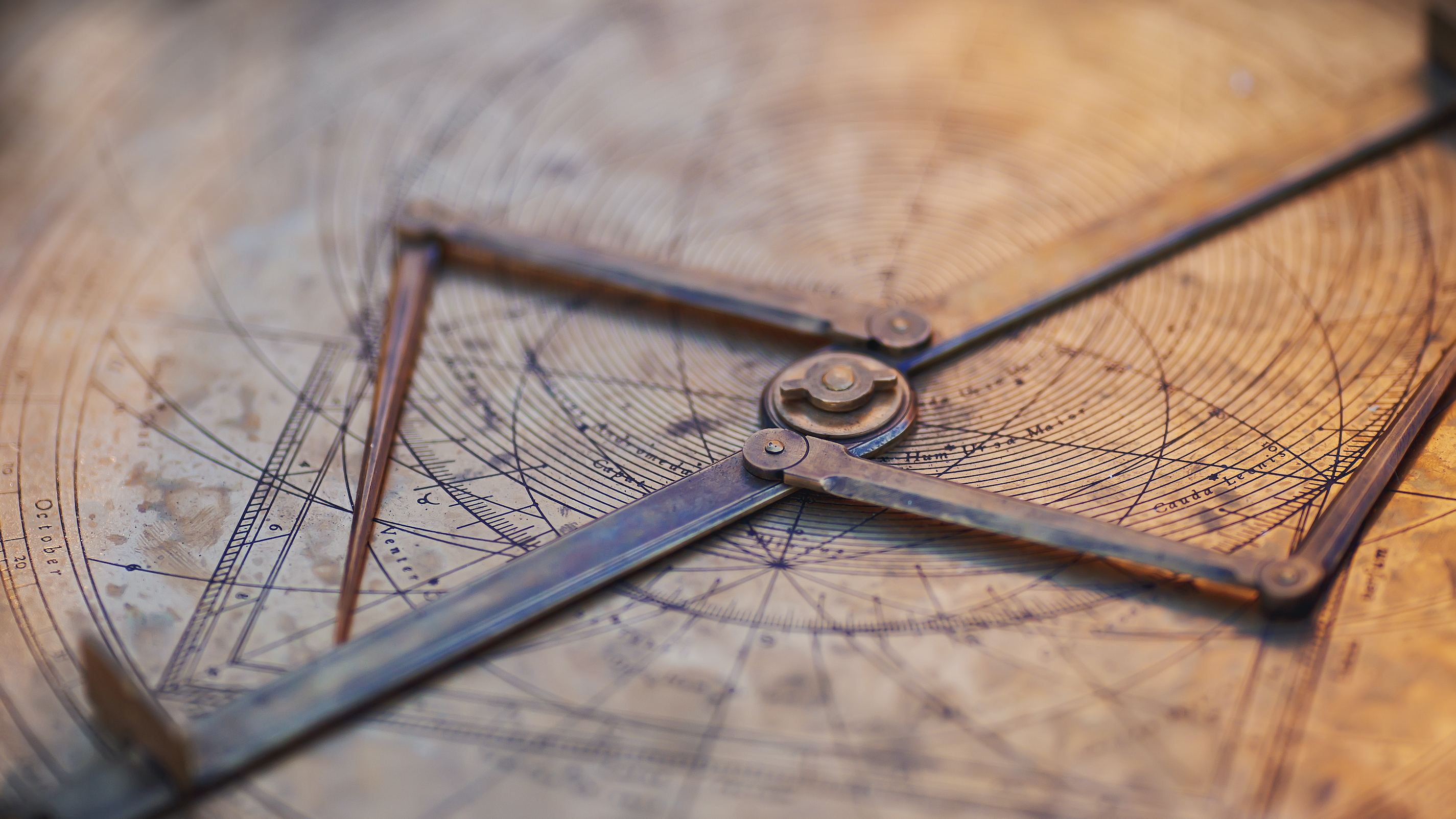When we look at the night sky, we can see hundreds of stars. Our Milky Way galaxy alone has hundreds of billions of stars, and the universe has hundreds of billions of galaxies. Indeed, the total number of stars is incomprehensible.
We also know that every star is a sun. Just like our sun, these stars also have planets. Indeed, astronomers have found thousands of planets orbiting other suns. With hundreds of billions of stars in a galaxy and hundreds of billions of galaxies, there are just untold numbers of planets out there. The vastness of space is truly incomprehensible.
Our neighbouring stars
We study the stars nearest to Earth in an attempt to make sense of this vastness. In particular, we look for planets that may be suitable for hosting life. Of course, we’re also confined by our technology to look at the stars nearby.
In a way, this is like meeting our next-door neighbours or the people down the street. In this analogy, however, we're not yet able to interact with people around the whole world. As such, we're breaking down the search for planets and limiting ourselves to our corner of the Milky Way.
Advancing technology
People have wondered about the universe for thousands of years. Over time, technology has improved and so has our ability to search the night sky. These days, technological advancements are making our tools like digital cameras and detectors more miniature.
These improvements are greatly aiding our search for planets. As our telescopes improve, we can finally discover the planets around the nearest stars. This has occurred on the back of thousands of years of speculation.
Nevertheless, planets remain hard to find; they don't shine brightly. Stars, on the other hand, are incredibly bright. Each planet is near a bright and massive star that shines very brightly. Planets only reflect a small amount of light, so it is challenging to see them because their host star is so near.
The distance involved
These stars are incredibly far away. Even our nearest star, Proxima Centauri, is over four light-years away, and a light-year is about six trillion miles. Considered together, that means our nearest star is over 20 trillion miles away.
We can think about this in terms of our spacecraft. The Voyager spacecraft, for instance, is travelling at about 20 kilometres per second. Although this is quite fast, it would take nearly one hundred thousand years to reach the nearest star.
Naturally, we're not aiming to travel to these nearest stars any time soon. We're not even planning to send a spacecraft with a camera to take pictures. Instead, we're using the traditional tools of astronomy – telescopes of all sizes – and spacecraft that orbit Earth to take images. Moreover, we have plans for sophisticated space telescopes to study these planets from afar.
Thousands of years ago, the skies would have been tremendously beautiful without the polluting lights of modern cities. There were people back then who monitored the position of stars and the planets in our solar system. Someone with a passion for astronomy who was lucky enough to work in the field would have monitored stars and planets for anything unusual. These people used the stars to indicate seasons and when it was time to plant. They also used the stars for navigation.
Moreover, the few people who worked in astronomy were actually astrologers. They also used the stars to help predict horoscopes and the like. In those times, there was no way to precisely measure the motion of stars. It was also impossible to know about galaxies or anything that required magnification of the night sky.
Studying exoplanets today
The main progress we have made throughout history comes from magnification. Indeed, it's mostly been the invention of the telescope that has enabled us to focus light and amplify signals. Over the last few centuries, we've steadily improved optics, detectors and the size of telescopes that we can build.
Today, exoplanets are a significant part of astronomy. We estimate that a third of all professional astronomers work on exoplanets. This is possible due to the progress of technology and precision measurements.
Spotting planets
When we look for planets, there are many different techniques that we use. However, today's main methods rely not on seeing the planet directly but on measuring how it affects its neighbouring star.
The primary way that we find planets is by transits. Imagine a star with an unseen planet passing in front of it. The planet is aligned so that it passes in front of the star relative to the Earth. In this situation, we can't see the planet, and the star is just a point of light. Yet, we can measure the brightness of the star. When the planet passes in front of the star, the starlight will drop by a tiny amount in relation to the planet-to-star area ratio. Furthermore, each time the planet orbits, the star will go in front so we can look for a repeated drop in brightness.
Today, we monitor hundreds of thousands of stars simultaneously, and we use sophisticated computer algorithms to assess each star's brightness across time. Our computers look for this tiny drop in brightness that might indicate the presence of a planet.
This transit technique requires exact measurements because the drop in brightness of a planet is at most a few percent – oftentimes, it's much smaller. Moreover, one hundred years ago, we had telescopes, but we didn't have a way to measure a star's brightness to a few decimal places. So our detectors today, specialised versions of the ones in our phones, can record the starlight so well that we can make precise brightness measurements.
Today, we also have the necessary computers. Monitoring one hundred thousand stars for a year or more would be impossible to do manually. It would take an enormous number of people. Modern computers can work very quickly on this problem, and we can instruct them on exactly what to look for and how.
This technological development is the same as what we have experienced in the world around us. For example, our smartphones continually have better detectors, better cameras and can process more data. Astronomers leverage the same advances in technology to find planets via this transit technique.
Making sense of the transit technique
Once we have a drop in brightness that indicates a planet, we have discovered what we call a planet candidate. As it turns out, a drop in brightness can be caused by many things. There can be a technical problem, or the star's activity can vary. The most common type of mixed-signal is from a binary star, two stars orbiting one another. Due to several reasons, these binary stars sometimes mimic a planet. Overall, finding the drop in brightness is just the first step. The finding can take months or even years to validate, so it's a long journey.
My institution, the Massachusetts Institute of Technology, runs a NASA mission called TESS, Transiting Exoplanet Survey Satellite. Our main job is to find these planet candidates and to release them to the community. They're made public on a computer archive for astronomers worldwide to do the extensive work to validate them as planets. Amazingly, every month we find about one hundred new planet candidates.
Exoplanets
An exoplanet is a planet orbiting a star other than the sun. We so far know of thousands of exoplanets. Yet, there's evidence that every star has planets, so we expect that there are trillions of planets in the Milky Way galaxy alone.
Finding exoplanets today is much more trivial than it used to be. We have worked in this area for 20 years, and the techniques to find planets by the transit technique are very standard. Moreover, we can train people to help find planets in a surprisingly straightforward manner.
Discover more about
The study of exoplanets
Seager, S., & Sasselov, D. D. (1998). Extrasolar Giant Planets under Strong Stellar Irradiation. The Astrophysical Journal, 502(2), L157–161.
Smith, M. W., Seager, S., Pong, C., et al. (2010). ExoplanetSat: Detecting transiting exoplanets using a low-cost CubeSat platform. Proceedings of The Society of Photo-Optical Instrumentation Engineers, Space Telescopes and Instrumentation 2010: Optical, Infrared, and Millimeter Wave, 773127.
Dickinson, T. & Dyer, A. (2021). The Backyard Astronomer's Guide, Fourth Edition. Firefly Books.


